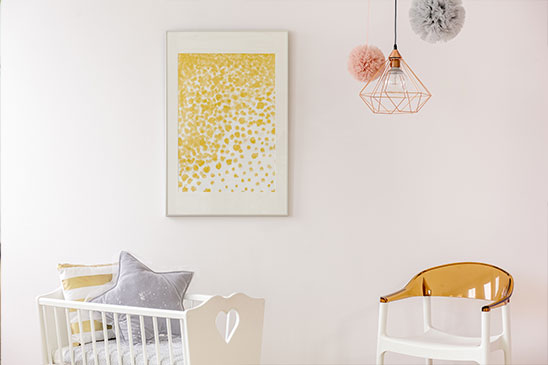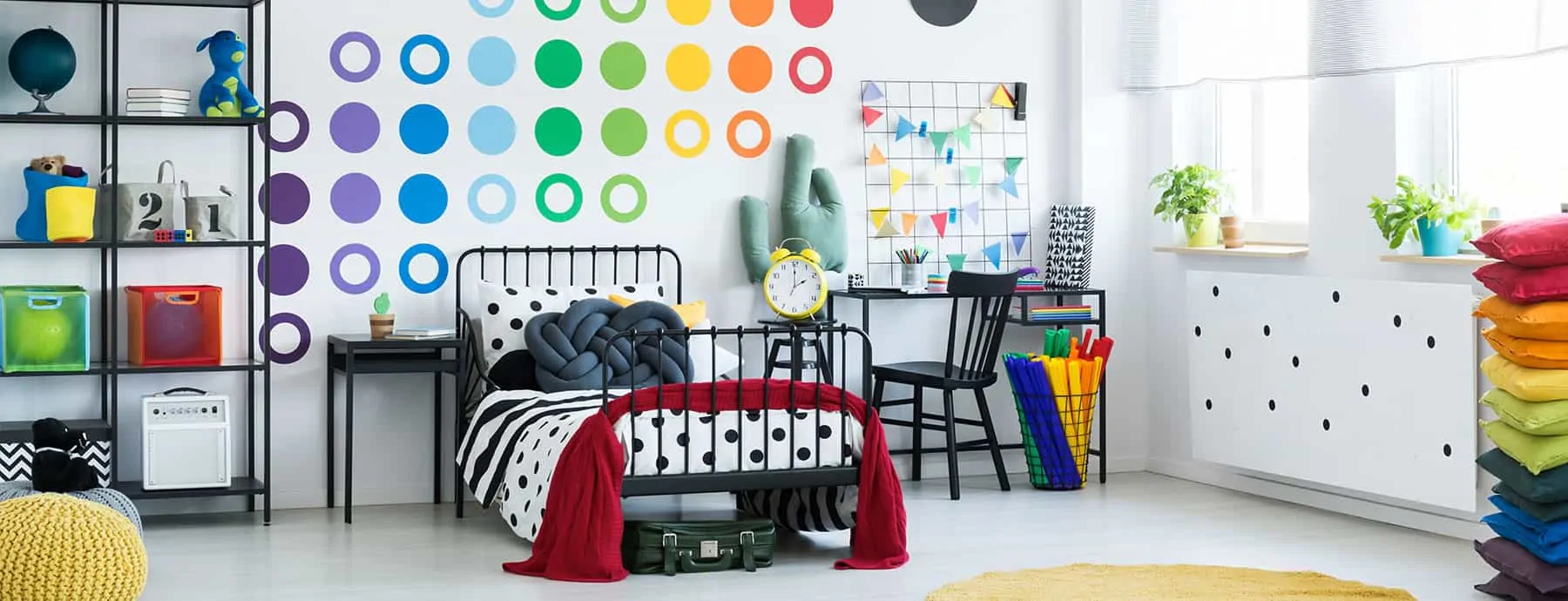Today, parents are getting more aware of gender stereotypes and their effect on kids. Here’s why gender-neutral are getting more popular!
Personal identity is a hot topic right now. Turn on the news, and there’s likely a running story about the redefinition of stereotypes and an emotive struggle at the center of it. This conversation entered the mainstream consciousness of the general public about half a decade ago, and the result is a steady rise in the number of transgender or gender non-conforming individuals.
For example, the population of gender-nonconforming adults in the USA is now thought to be anywhere from 0.6 – 3 percent of the population. With this steady increase in self-identification and gender-awareness, it is perhaps no surprise to see an ever-increasing appetite for gender-neutral rooms.
The Mom’s Insights : 23 Tips To Create A Gender Neutral Nursery
This article covers the following:
- Gender stereotypes in society
- The twenty-first century: gender stereotypes in reverse
- The power of color and the future of color neutrality

Gender stereotypes in society
Think of a gender stereotype today, and the first thing that comes to mind is likely to be the assignment of colors. Blue for boys; pink for girls. Blue, being the stronger color of the two, came to represent the masculine quality of physical strength. Pink, the more delicate color, by default, became representative of the dainty and the feminine.
But it wasn’t always this way.
In fact, traditionally, the color stereotypes were the other way round. When the British Empire conquered the world, they represented their colonial possessions with a masculine imperial Pink. Royal princes were adorned with pink cribs and playing rooms. The shift came with the beginning of the consumerist era, post-World War Two, starting in America. The theory is that the once poor working and industrial classes, now with a bit of disposable income, could finally afford to buy clothing that wasn’t the (at the time) traditional gender-neutral drab it had always been before. For the first time, gender could be ‘expressed’ through clothing choices.

The twenty-first century: gender stereotypes in reverse
Things have come full circle since then. The world is a consumerist paradise, and the masses have more disposable income than ever. Another great triumph is the liberalization of the West; especially in thinking of gender roles, race, sexuality, and gender expression.
All of these things and more have made the general public more self-aware. A simple color choice is no longer desirable or needed as a means to express gender identity. And the growing awareness of transgender or gender non-conforming individuals has made expecting parents more accommodating for their children.

The power of color and the future of color neutrality
It may come as no surprise that pink and blue take the backseat when it comes to planning and designing a gender-neutral bedroom. But, with perhaps the exception of red, almost every other color can mix and blend into the ideal bedroom for parents wishing to avoid gender stereotypes. These include green, yellow, white, and orange.
But here’s the kicker: colors are not inherently gendered. They stand apart from whatever we think of them on their own. Throughout history, colors have changed in their’ meaning.’ Red, for example, has shifted over just the twentieth century alone from being the color of Communism, of liberals, and finally, to the color of conservatives. Who knows what political affiliations’ red’ will have in another hundred years.
Together, the great liberalization and the cooling-off from the initial rush of consumerism post-War have both opened the world up to a plethora of gender-neutral colors. And who knows, maybe even blue and pink will lose their associations in the coming decades. The point is, gender-neutral rooms are here to stay, and the world is a yellower, greener, whiter and brighter place for it.
P.S. If you’re looking for inspiration for your kid’s room decor, but you’re short on time, you should check my shopping section. I have searched the whole internet to find the coolest decor items for a kid’s room.
To get the best insights and tips to create an Instagram worthy kid’s room, I have read more than 200 blog post, look at (almost) every single kid’s room images on Pinterest and ask my friends or others parents. From all their insights and my own experience, I’ve built those list of the perfect pieces of furniture, wall art, and decor items for your kid’s room.

